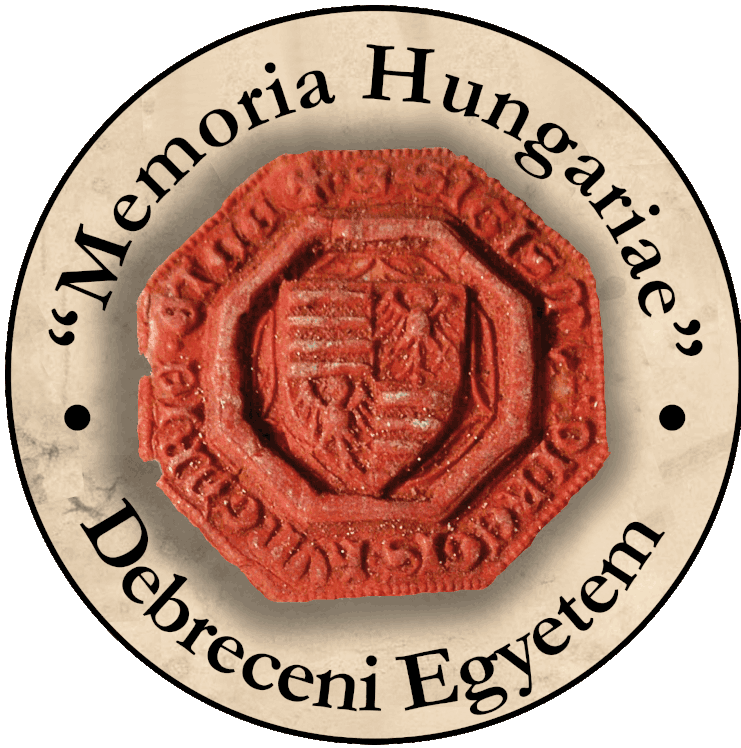Wars, warfare and military organization
in: The Oxford Handbook of Medieval Central Europe, eds. Nada Zečević, Daniel Ziemann, Oxford, Oxford University Press, 2022, pp. 131-156.
Bárány, Attila
This chapter focuses on medieval war and warfare in Central Europe. In the tenth and eleventh centuries, newly forming polities in Central Europe had common features: they were larger, more stable, and longer lasting than previous entities. Rulers consolidated their positions by incorporating rival chieftains and their followers and adopted Christianity. Strong personages such as St. Stephen, St. Wenceslaus, and Mieszko I headed princely families and convinced (or forced) their subjects to accept a new order. Political unity was well-served by the new religion, but still had to be protected. Military organization was based on earlier nomadic practices, with forces recruited and armed not much differently from tribal times, relying on such skills as the Hungarians’ refined equestrian expertise. The chapter highlights two distinct phases of conflict that dominated the region during the Middle Ages. The first was characterized by the tribal military organization of nomadic Hungarian and Slavic migrations, and the second, by warfare that developed in the period, which lasted until the Ottoman conquest of Hungary in 1526.


